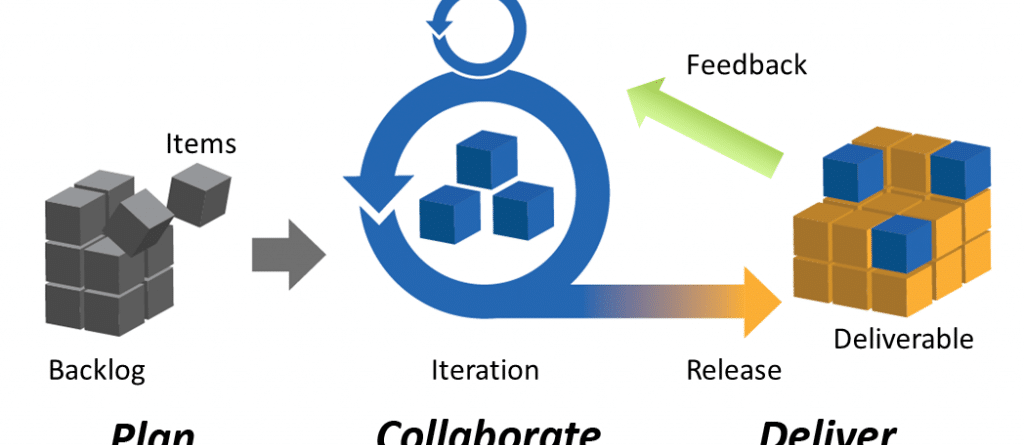
Let the Scrum team revolutionize your development management.
Scrum is an agile software solution that provides a flexible, holistic framework that leverages teamwork in order to reach common development goals, whilst offering the ability to make changes and respond to customer needs at any point in the process. But how do you implement Scrum into your work flow? Here are five easy steps to show you how:
1. Backlogs
This is perhaps the most important step in the process, so read carefully!
Before any project begins, you need to create a product backlog. This is essentially a list of the goals that need to be achieved in order to create a finished or near-finished product. List them in order of priority.
The Scrum Master (the person in charge of implementing Scrum and creating the Scrum team – you!) should nominate one person to be the head of the product, also known as the product owner, who will oversee the product backlog as their first action.
Include anything and everything: bug fixes, patches, risks. Just make sure they are focused on the finished product.
2. Plan your Sprint
The Sprint is the time period in which tasks have to be completed and all goals achieved, and is the essence of Scrum. Select some or all of your important product backlog goals and discuss them with the entire team; everyone in the Scrum team should know the overall goals of the project and what you hope to achieve.
Duration is important; 2 week is recommended, but you will need to tailor the Sprint to suit each individual product. This will also affect your budget, so it needs to be considered early on in the process.
When first implementing a Sprint, it’s best to overestimate how much time you will need; you can’t run before you can walk!
3. Delegate tasks
So, you’ve decided what you want to achieve and in what time frame you want to achieve it; how do you split up the tasks?
The beauty of agile software like Scrum is that the linear approach to development is no longer necessary, and changes in one area of development need not affect all the others.
It will take some time to organise the Sprint, so schedule a few workshops so that the whole Scrum team can contribute to the discussion. An open-plan, collaborative work space will aid the process; bring in some big whiteboards and hold regular meetings to lay the foundation for a smooth running Sprint.
Now it’s time to break down the product backlog. How far you break each component down is really up to you, but smaller tasks increase the efficiency of the Sprint by keeping individual tasks manageable. Then, once you’re ready…
4. SPRINT!
The duration of your Sprint is fixed – changing it will compromise the project. The essence of Sprint relies in the control and autonomy of individual groups, intervening will compromise the project. Individual groups still need to be able to collaborate, so ensure they can do this.
Hold daily meetings to make sure everyone is informed of the latest developments. If all the planning ahead of this stage has been done correctly, the Sprint shouldn’t actually be that taxing for the Scrum Master. The only time for heavy-handedness is when making sure the Sprint duration is honored!
5. Review
At the end of the Sprint, hold a Sprint review. Again, everyone should be involved. This gives the Scrum Master the chance to present the product as a finished or near-finished article. It will allow for feedback and the planning of any changes that need to be made.
As important is a review of the Scrum team and Sprint itself; make sure to point out positives, but also ensure that you take on board any feedback or comments that could help improve your Sprint.
The implementation of Scrum provides fantastic results; look into optimizing your development now! Contact Us!





